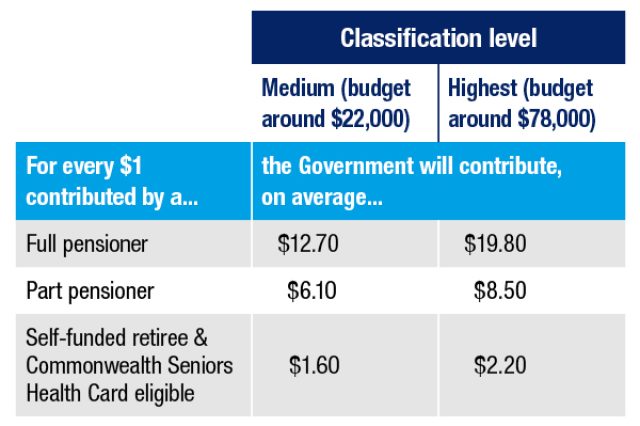As the financial year draws to a close, it’s the perfect time to review your financial affairs and set the stage for a successful new financial year. By taking care of essential tasks and implementing strategic planning, you can position yourself for a smooth transition and a strong start for the year to come.
Topping up super
One important item for the To Do list is to top up your super with either concessional (pre-tax) or non-concessional (post-tax) contributions. For example, you could make a voluntary concessional contribution up to the limit allowed and then claim a tax deduction on your personal assessable income for it.
Consider making additional contributions to your own super account or your spouse’s account, to take advantage of tax concessions.
If you have unused concessional cap amounts from the previous five years and a super balance less than $500,000 on June 30 the previous year, you may be eligible to make a catch-up (or carry-forward) contribution greater than the annual limit.
Maximising contributions not only helps you build your retirement savings but can also provide valuable tax benefits. But it’s critical to be mindful of your caps and to ensure that you make any super contributions before the end of the financial year to meet the deadline.
Reviewing investments
Reviewing your investment portfolio is a valuable task at any time but particularly now.
For example, you could take a look for any capital gains or losses that could be used strategically to manage your tax liability.
Also, it is worth considering how your portfolio performed over the past 12 months against your goal of capital growth, income, or balance.
You may decide to readjust your goals or your investments to help steer performance in the right direction for the next 12 months.
Of course, if you’re planning any changes, it’s important to check in with us to ensure you’re making informed decisions about your investments.
Paying expenses early
Another useful strategy at tax time can be to bring forward any deductible expenses or interest payments before 30 June to reduce your taxable income.
That could include incurring expenses on an investment property, prepaying interest on investment loans, making charitable donations, or claiming eligible work-related expenses.
Make sure you keep detailed records and receipts to support your deductions.
The ATO’s myDeductions app is a great place to start for free record keeping and to assist you to be ready for tax time.
Setting up salary sacrifice
As you look ahead to the new financial year, consider whether a salary sacrifice arrangement might be right for you.
Salary sacrifice allows you to divert a portion of your pre-tax salary directly into your superannuation, which effectively reduces your taxable income and boosts your retirement savings.
You will need to think carefully about your living expenses to work out the amount you can afford to contribute to your super, ensuring you do not exceed your concessional (before-tax) contributions cap of $27,500 (which will increase to $30,000 from July 1 2024) to avoid paying any extra tax.
Your employer or payroll department can help you set up a salary sacrifice arrangement.
Checking your budget
This is a good time to revisit your financial goals and how you’re tracking, and then put together a strong budget for the new financial year that will help get you further along the track.
Take the time to review your income and expenses and identify any areas where you can cut back spending or improve your income.
This exercise not only helps you understand your financial habits but also allows you to reallocate funds towards your goals, such as paying down debt, building an emergency fund, or increasing your investment contributions.
Consult with professionals
Don’t forget to check in with your trusted advisers – financial advisers, accountants, or tax professionals – to make sure you are making the most of any opportunities for financial growth and maximising tax savings.
Taking advantage of our expert advice to review your current financial situation and goals, and check that you are making the best decisions for you can make a difference. It provides peace of mind, ensures that you are complying with any obligations and, importantly, puts you in the best position to achieve your financial goals.









